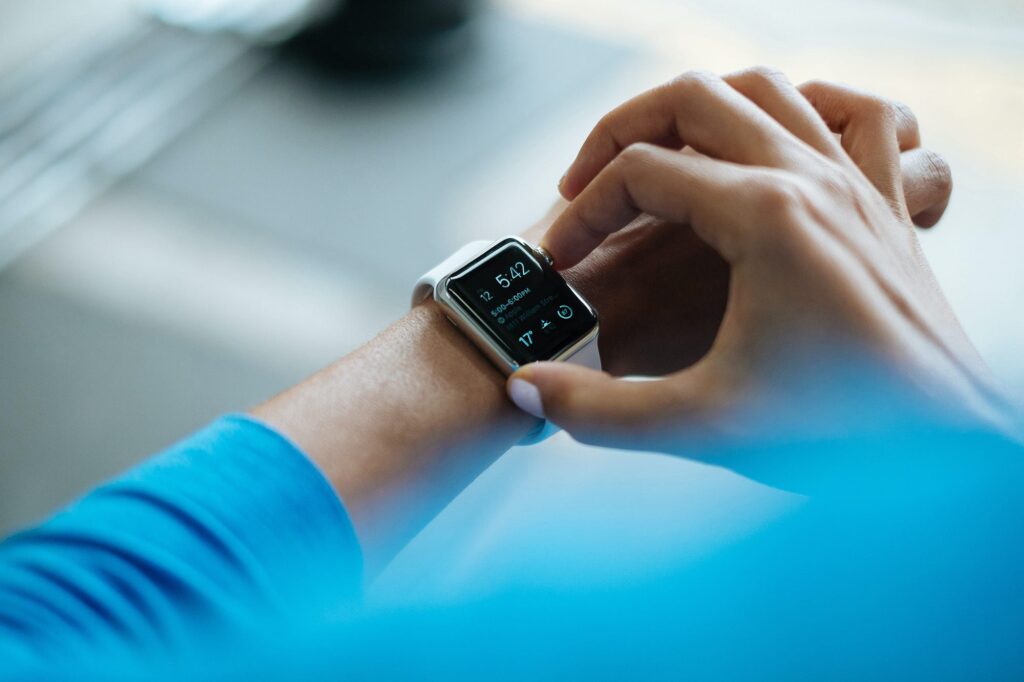As wearable technology becomes more common, it offers convenience but also raises privacy concerns. The author enjoys the benefits of using wearable technology such as tracking fitness progress and receiving notifications. However, they are wary of the potential privacy risks associated with the collection and storage of personal data by wearable technology companies, especially sensitive health information. To protect their privacy, they carefully review privacy policies, use privacy settings, and regularly update their devices. Despite these concerns, they choose to continue using wearable technology, striking a balance between convenience and privacy by staying informed and proactive.
My Relationship with Wearable Technology: Balancing Convenience and Privacy
Introduction
Wearable technology has become an increasingly prominent part of our daily lives, offering convenience and functionality in a compact, wearable form. From smartwatches to fitness trackers, these devices have revolutionized the way we interact with technology. However, as wearable technology becomes more ubiquitous, concerns about privacy and data security have also come to the forefront. In this article, I will discuss my personal relationship with wearable technology and how I strive to balance the convenience it offers with the need to protect my privacy.
The Convenience of Wearable Technology
As someone who leads an active lifestyle, I have found wearable technology to be incredibly convenient. My smartwatch allows me to track my fitness progress, monitor my heart rate, and receive notifications without having to constantly check my phone. This convenience has helped me stay on top of my health and fitness goals while seamlessly integrating technology into my daily routine.
The Privacy Concerns
Despite the undeniable benefits of wearable technology, I am acutely aware of the potential privacy risks that come with using these devices. The amount of personal data that is collected and stored by wearable technology companies is concerning, especially when it comes to sensitive health information. I am wary of the ways in which this data could be used or shared without my consent, and I am diligent about protecting my privacy while using wearable technology.
Strategies for Protecting Privacy
To mitigate the privacy risks associated with wearable technology, I have implemented several strategies. Firstly, I carefully review the privacy policies of any wearable technology I use, ensuring that I understand what data is being collected and how it is being used. I also take advantage of the privacy settings offered by these devices, limiting the amount of data that is shared with third parties. Additionally, I regularly update my devices and apps to ensure that any security flaws are promptly addressed.
Embracing the Benefits while Minimizing the Risks
Despite the privacy concerns, I have chosen to continue using wearable technology because of the numerous benefits it offers. Instead of completely rejecting these devices, I have opted to take a proactive approach to protecting my privacy while still enjoying the convenience they provide. By staying informed about the latest developments in wearable technology and being mindful of how my data is being used, I feel confident in my ability to balance convenience with privacy.
Conclusion
Wearable technology has undoubtedly enhanced the way we live and interact with technology, but it also presents significant privacy risks. As someone who values both convenience and privacy, I have made a conscious effort to strike a balance between the two. By staying informed, being mindful of data sharing, and staying up-to-date on privacy settings, I am able to enjoy the benefits of wearable technology while safeguarding my personal privacy.
